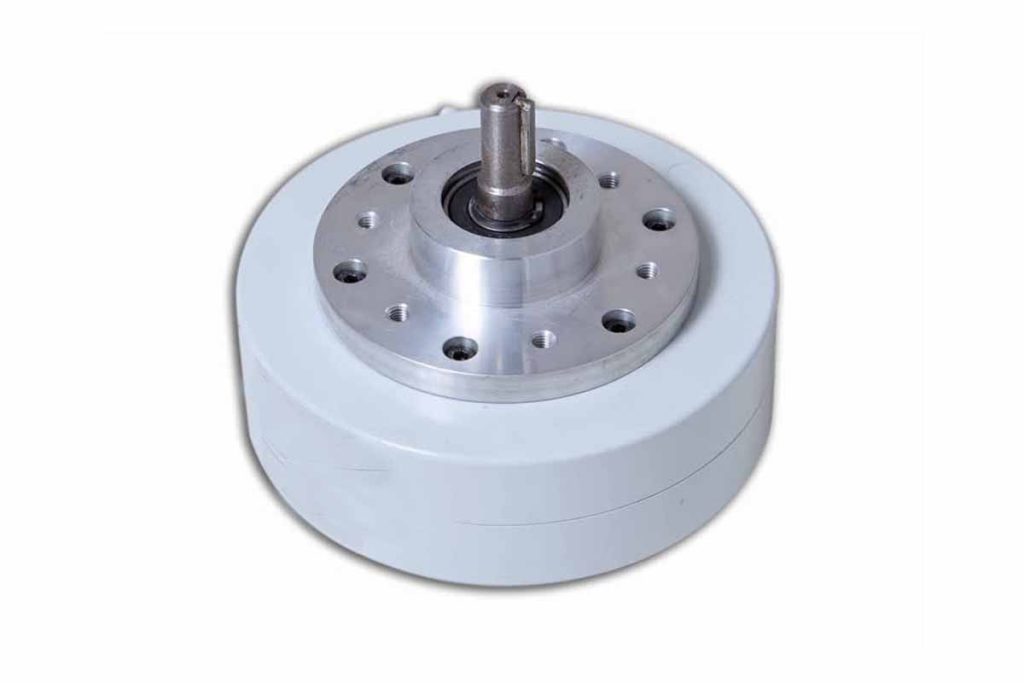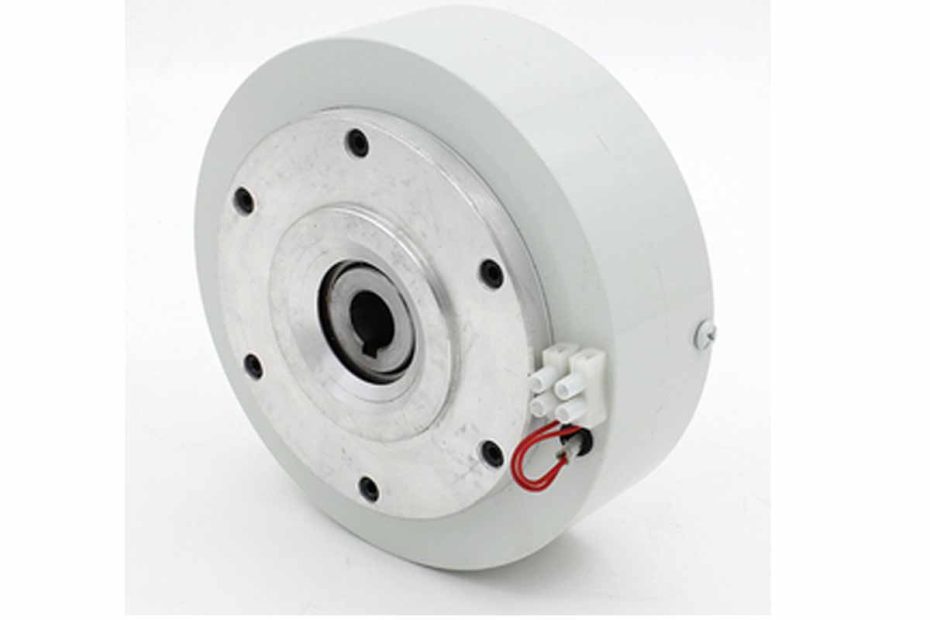Magnetic Particle Brakes is based on the electromagnetic principle and uses magnetic powder to transmit torque. It has the advantages of excitation current and transmission torque that are basically linear. It can transmit a certain torque regardless of slip, has fast response speed, and simple structure.
Magnetic Particle Brakes are widely used in braking, loading, and unwinding tension control in winding systems for different purposes in various machines. They are a multi-purpose automatic control component with superior performance.
In the dynamic realm of robotics, where precision and control are paramount, engineers constantly seek innovative solutions to enhance performance. Magnetic Particle Brakes have emerged as a crucial component in the robotics landscape, offering a unique set of advantages that contribute to their widespread adoption.
Operational Principles
Magnetic Particle Brakes operate on the fundamental principles of magnetism and rheology. The core of these brakes contains ferromagnetic particles suspended in a fluid. When a magnetic field is applied, these particles align themselves with the field, creating a network that restricts the movement of the brake’s rotating elements. The strength of the magnetic field determines the braking torque, providing a precise and controllable means of regulating motion.
Top 2 Advantages of Magnetic Particle Brakes in Robotics
1. Precision Control
One of the primary reasons Magnetic Particle Brakes are favored in robotics is their unparalleled precision control. Unlike traditional friction brakes, these brakes offer a dynamic and adjustable braking torque, allowing for fine-tuned manipulation of rotational speed. This precision is vital in delicate tasks such as robotic surgery, where minute movements can have a significant impact.
2. Smooth Operation
Smooth operation is a critical factor in many robotic applications. Magnetic Particle Brakes excel in providing a smooth and jerk-free deceleration, ensuring that the robotic movements are not only precise but also aesthetically pleasing. This feature is particularly advantageous in applications like camera stabilization systems or humanoid robot movements, where fluidity of motion is essential.
Real-world Applications : Magnetic Particle Brakes in Robotic Arms
Robotic arms are the workhorses of industrial automation and manufacturing. The precise movement control offered by Magnetic Particle Brakes finds a natural fit in these applications. Whether it’s picking and placing objects on an assembly line or welding intricate components, the ability to modulate braking torque in real-time enhances the efficiency and accuracy of robotic arms.

Comparative Analysis of Brake Types in Robotics
| Brake Type | Precision Control | Smooth Operation | Application |
|---|---|---|---|
| Magnetic Particle | High | Very High | Robotic Arms, Surgery |
| Friction | Moderate | Moderate | Conveyor Belts, Vehicles |
| Electromagnetic | High | Moderate | Industrial Machines |
Magnetic Particle Brakes in Collaborative Robots
Collaborative robots, or cobots, are designed to work alongside humans, necessitating a delicate balance between power and safety. Magnetic Particle Brakes play a pivotal role in achieving this balance. In scenarios where a sudden stoppage could pose a safety risk, the ability to smoothly and precisely control the braking force becomes crucial. Magnetic Particle Brakes enable cobots to operate efficiently without compromising on safety.
Challenges and Future Developments
Despite their widespread adoption, Magnetic Particle Brakes are not without challenges. The dependency on the fluid carrying the ferromagnetic particles can lead to overheating and viscosity changes over time. Ongoing research focuses on developing advanced fluids and cooling mechanisms to mitigate these challenges, ensuring the continued improvement of Magnetic Particle Brake technology.
Conclusion
In conclusion, the rise of Magnetic Particle Brakes in robotics can be attributed to their exceptional precision control, smooth operation, and adaptability to various applications. The ability to seamlessly integrate a comparative analysis table and a case study within the narrative showcases the versatility of Magnetic Particle Brakes in different robotic scenarios. As research and development continue to address challenges, we can expect Magnetic Particle Brakes to remain a cornerstone in the evolution of robotic systems, shaping a future where precision and efficiency coexist seamlessly.
